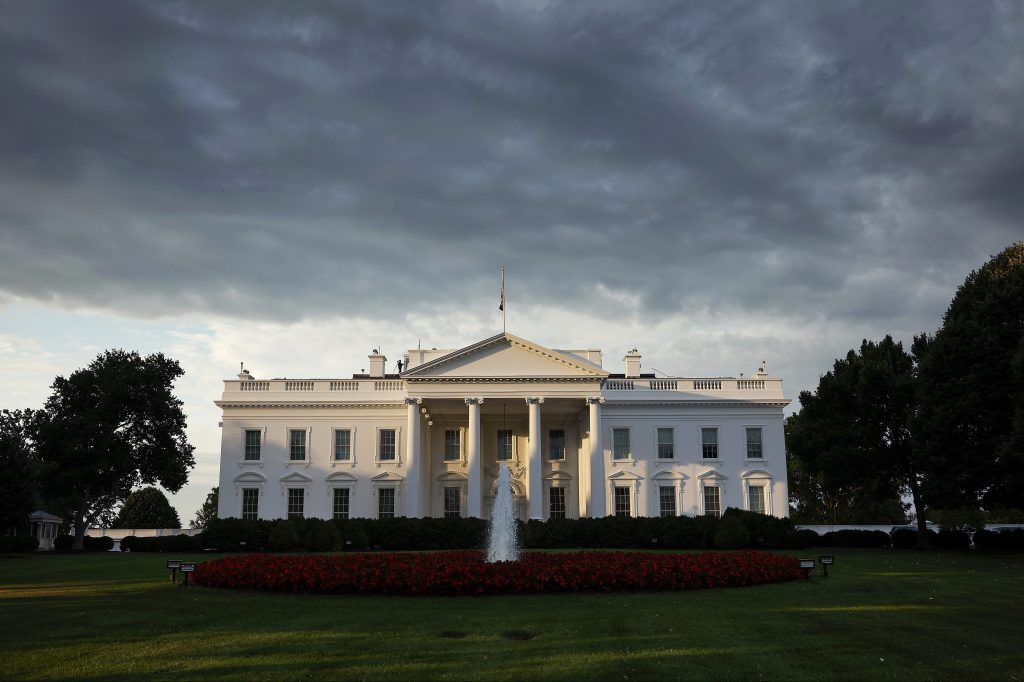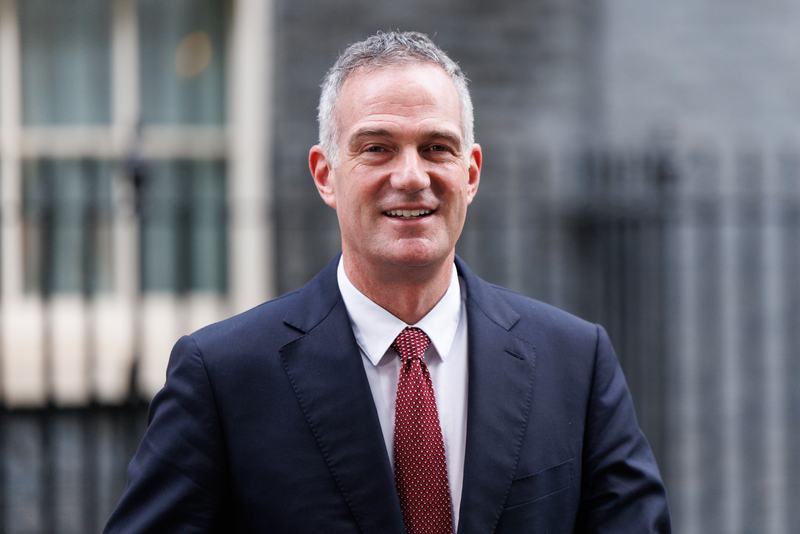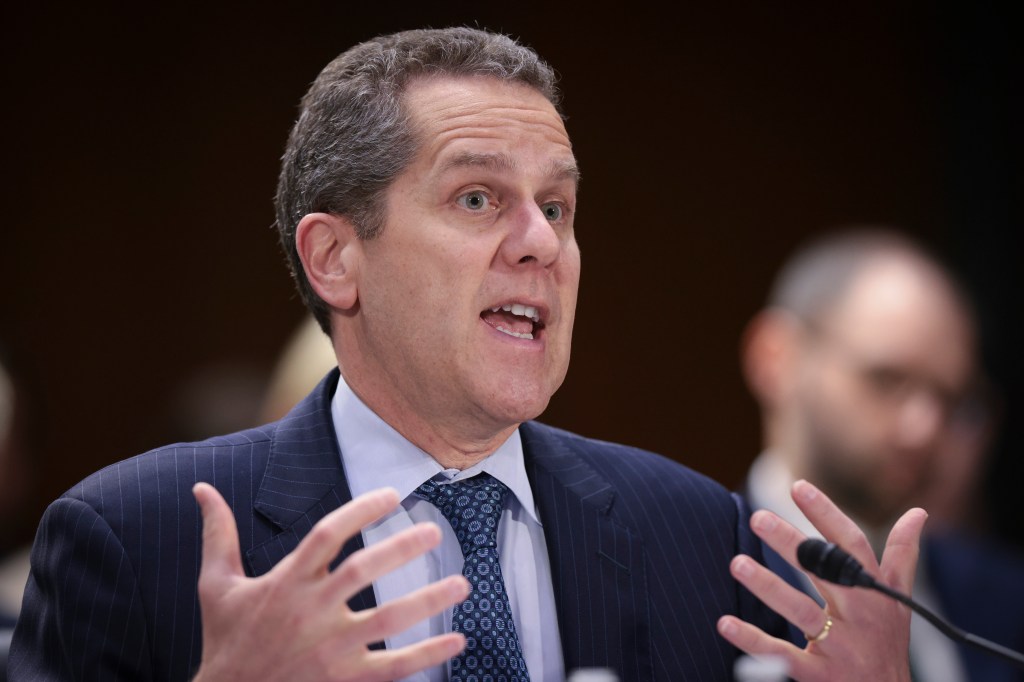The US Federal Reserve is considering closing a loophole that allows some midsize banks to avoid reporting on losses on securities they hold, which was a contributing factor in the collapse of Silicon Valley Bank (SVB).
As the WSJ reported Friday, the Fed’s vice chair for supervision, Michael Barr, is considering ending an exemption that allows some banks to boost the amount of capital they report for regulatory purposes.
His report is due to be released to the public on May 1.
More stringent standards
Barr mentioned how SVB’s capital levels did not have to reflect unrealized losses on certain securities. “We are evaluating whether application of more stringent standards would have prompted the bank to better manage the risks that led to its failure,” he told lawmakers.
The potential change he mentioned relates to how banks’ regulatory capital measures reflect unrealized gains and losses for securities labeled “available for sale.” Banks have the option of selling such securities or holding them to maturity.
Liquidity rules originally created under the Dodd-Frank Act after the financial crisis required banks with between $100 and $250bn in assets to hold enough high-quality liquid assets to cover expected net outflows during a stress period.
Biden administration
The Trump Administration eliminated these rules for banks below $250bn in assets, which included large regional banks like SVB, and the Biden Administration has sought to reinstate them.
“Available for sale” securities played a role in the downfall of SVB – among several other factors.
The bank’s clientele – largely startup firms, many in the tech sector – withdrew their low-interest bearing deposits to keep their companies afloat in a poor environment for initial public offerings and private fundraising. SVB found itself short on capital because it was forced to sell its available-for-sale bonds at an enormous loss.
“We are evaluating whether application of more stringent standards would have prompted the bank to better manage the risks that led to its failure.”
Michael Barr, vice chair for supervision, Fed
According to the WSJ’s sources, tougher capital and liquidity requirements are under review, as are steps to beef up annual “stress tests” that assess banks’ ability to weather a hypothetical recession.
The new rules would apply to about 30 companies with between $100bn and $700bn in assets, the sources said. A proposal could come as soon as this summer, and any changes would be phased in, possibly over a couple of years.
Close nonbank SIFI loophole
On Friday, a group of top US regulators that comprise the Financial Stability Oversight Council (FSOC) proposed changing the way the council designates financial services firms as systemically important.
The “systemically important financial institution” label currently only applies to the nations’ largest banks, and it comes with extra oversight from the Federal Reserve.
Specifically, the FSOC proposed making make it easier to more closely regulate nonbank financial institutions, which could potentially include hedge funds, insurers, private equity firms, money market funds, and cryptocurrency firms.
This would be a rollback of procedures introduced in 2019 when financial regulators made it more difficult for the federal government to apply that designation to nonbanks, requiring the panel to conduct a lengthy review of activities in a potentially risky sector before targeting specific firms.
US Treasury Secretary Janet Yellen, who chairs the Council, has criticized the Trump-era rules as too onerous and time-consuming, potentially enabling risk to grow in the financial system.
Unanimous approval
The Council – which has 10 members, including Chairman Jerome Powell of the Federal Reserve and Chairman Gary Gensler of the Securities and Exchange Commission – unanimously approved proposing the new rules on Friday. The guidance will now be open to public comment for 60 days.
Brad Mirkin, Managing Director at Berkeley Research Group and a former senior attorney at the Financial Industry Regulator Authority, told us he thought the FSOC’s proposed expansion of its analytic framework to nonbank financial entities encompasses the familiar risk assessment factors for a potential determination that a financial institution may be deemed systematically important.
It’s all about examining the “nature, scope, size, scale, concentration, interconnectedness, or mix of” the institution’s activities, he observed.
“If the proposed analytic framework is adopted, those nonbank entities included in it should perform risk assessments including analyses of leverage, liquidity risk, maturity mismatch, interconnections, operational risks, complexity, transparency/opacity, adequacy of risk management, concentration and an identification of any destabilizing activities,” Mirkin said.
These data-driven risk assessments should be assessed not only by an institution’s second line of defense (such as compliance and risk teams), but also its third line (the audit team), as well as external audit, and more than ever, their regulators, he added.













